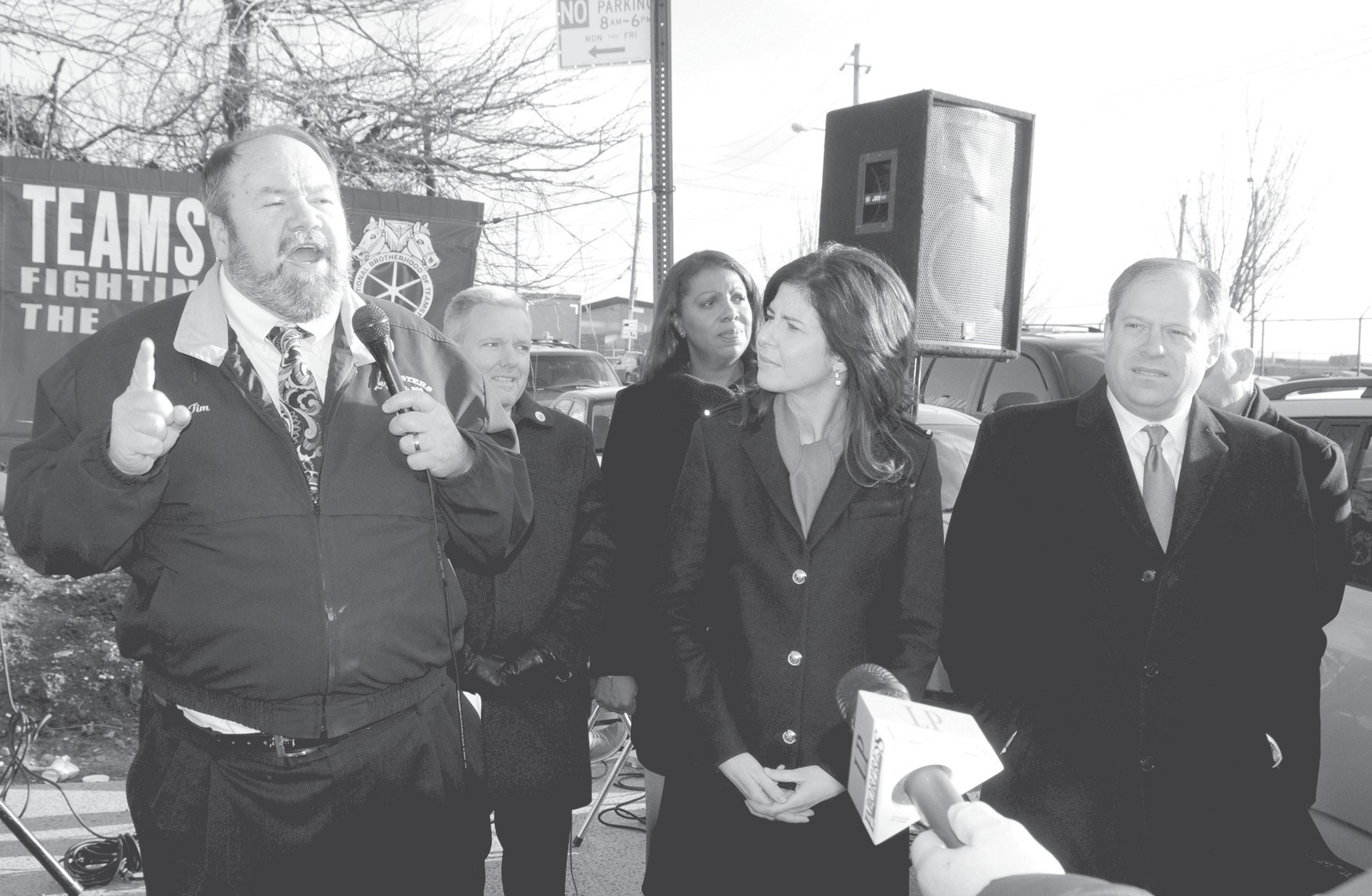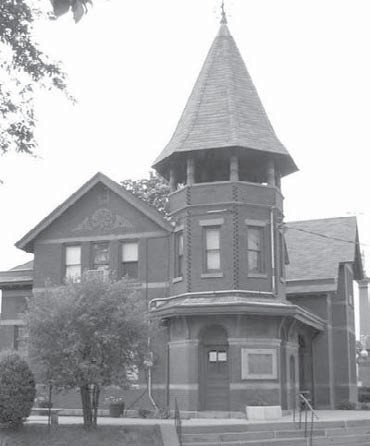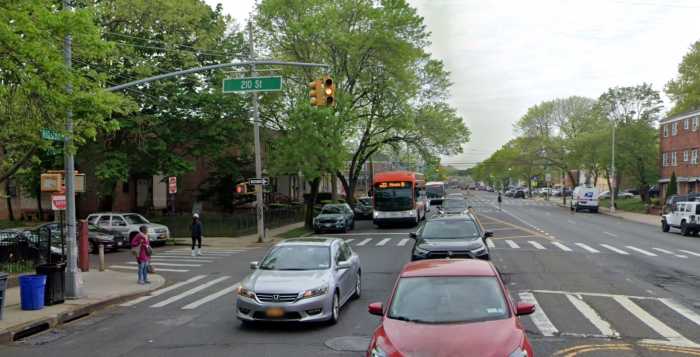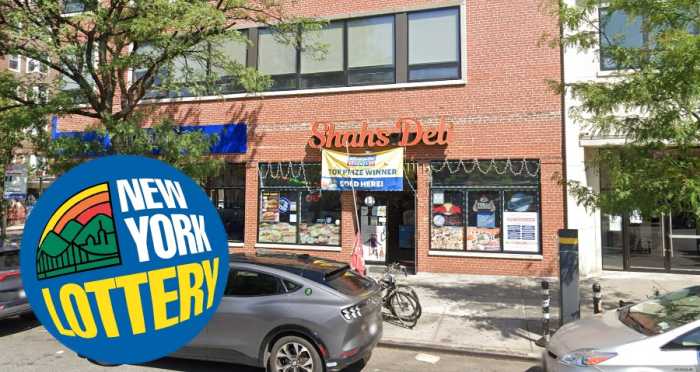Commission To Give Delayed Plans The Boot
Long-delayed proposals to landmark a Bushwick church and a famous sign on the Long Island City waterfront may be scrapped next week by the city’s Landmarks Preservation Commission (LPC).

In a brief statement posted on its website Monday, Dec. 1, the LPC announced it would vote at its meeting this Tuesday, Dec. 9, to issue “no action” letters for 96 landmark applications “that are inactive and have been calendared for five years or longer,” many of which have been on the LPC’s radar at least 20 years.
Should the commission vote to adopt no action, it would affect a handful of proposed landmark sites in the Times Newsweekly coverage area, including Bushwick’s St. Barbara’s Church, submitted in 1980 for the LPC’s approval as a landmark; and the Pepsi-Cola sign near Gantry State Park in Long Island City, which the LPC calendared in 1988.
Additionally, the LPC also plans to dismiss the application to landmark the Old Calvary Cemetery Gatehouse, at the corner of Gale and Greenpoint avenues in the Blissville section of Long Island City. The application was originally submitted in 1973 and remained unaddressed.

Constructed in 1892, the redbrick house stands near what was once the main entrance to the graveyard that is the final resting place for many prominent New Yorkers including Gov. Al Smith and Mayor Robert F. Wagner Jr. It was also featured in the classic 1972 mob film The Godfather.
“This proposed action is without reference to merit, and does not prevent the commission from re-calendaring these buildings and sites in the future,” according to the LPC statement. “Calendaring is an administrative action that places a building or site on the commission’s calendar for a public hearing or discussion. The buildings considered for this action were placed on the commission’s calendar, public hearings were held and they currently remain inactive.”
Local preservationists such as Simeon Bankoff, executive director of the Historic Districts Council, were furious with the LPC’s impending decision.

“This is terrible public policy, and we’re doing everything we can to ensure that they change their plans,” Bankoff told the Times Newsweekly in a phone interview Monday. “The LPC basically voted to place [the landmarks] into consideration, and now they’re just shrugging their shoulders. … They should be bringing forward each site, explaining why or why not it merits consideration and then vote yes or no.”
“This is not rocket science,” Bankoff added. “It’s fairly clear, easy-to-understand policy rather than just wiping the slate clean of 96 properties.”
Designed by the Helme and Huberty architectural firm, St. Barbara’s Church opened at the corner of Central Avenue and Bleecker Street in 1910. According to the HDC, the church was named for Barbara Epping, wife of local brewer Leopold Epping; Catholic tradition recognizes St. Barbara as the patron saint of armourers, architects, artillerymen, firemen, mathematicians and prisoners.
Constructed in Spanish Baroque style, St. Barbara’s Church features twin, 175′-tall cream-colored spires, carvings, fresco paintings and 25 stained glass windows. Originally built to serve German settlers in the Bushwick area, the church presently accommodates a predominantly Hispanic congregation.
Bankoff noted the LPC first calendared St. Barbara Church’s landmark application in 1980, but the church was included on the commission’s original proposed landmark list created in the 1960s.
“The fact is that, for reasons I’m not familiar with, the LPC declined to act” on the application in the last 34 years, Bankoff said. “That doesn’t mean it’s not a great building worthy of landmark consideration.”
Long Island City’s Pepsi-Cola sign was originally erected in 1936 atop the Pepsi bottling plant in the neighborhood’s Hunters Point section. Measuring 146′- long and colored in the trademark’s red, white and blue, the sign was moved off the plant’s rooftop after the building was sold in 1999; the plant was later demolished.
The Pepsi-Cola sign now sits along the water’s edge near apartment houses in the rapidlydeveloping Long Island City waterfront, clearly visible to those crossing the East River bridges or standing from the midtown Manhattan side of the river.
The LPC received and calendared the Pepsi-Cola’s landmark application in 1988, but for unknown reasons, the movement to have the sign preservedwent flat, Bankoff noted.



































